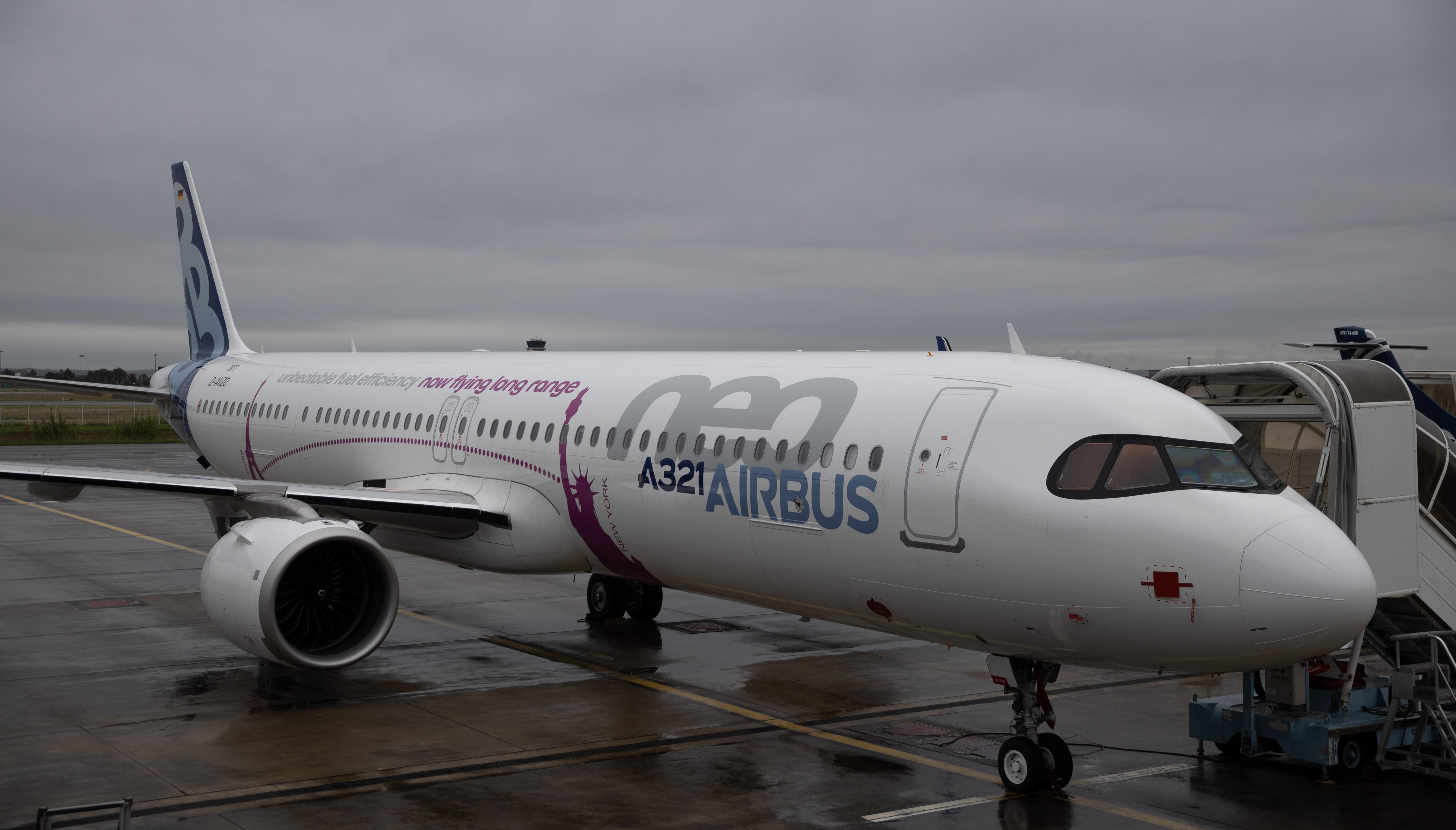
FRANKFURT—Airbus CEO Guillaume Faury has confirmed the company’s commercial aircraft production targets in spite of a significant shortfall in deliveries in 2022.
Faury said Jan. 10 that the company still aims at raising A320neo family production rates to 64 by 2024 and to 75 “by the middle of the decade.” Faury did not give a more near-term production goal for 2023.
In 2022, Airbus delivered a total of 661 commercial aircraft, an 8% increase over 2021 when the manufacturer handed over 611 aircraft. The output is significantly below its own ambitions, which were initially at 720 aircraft for 2022 and had already been scaled back to around 700 when it became clear that constraints in the supply chain would not allow it to produce that many aircraft.
Performance differed by program. At 53, Airbus delivered just three more A220s in 2022 than in 2021, showing how hard the Montreal, Canada-based program has been hit by the operational issues. The A320neo family went from 483 deliveries to 516, equivalent to a monthly rate of 43 aircraft and well below the ramp-up curve expected earlier. The A330/A330neo made the biggest jump from just 18 aircraft in 2021 to 32 in 2022. Airbus put out 60 A350s, five more than in the previous year. The A350 therefore has been by far the most popular widebody by deliveries followed by the Boeing 767 (33), delivered in freighter and military derivatives only.
Faury said the supply chain issues were the key reason for Airbus’ substantial delivery shortfall. He expected that “2023 will be difficult on the supply side” and that Airbus’ priority will be “protecting the supply chain.” The sudden reopening of China is creating “additional complexity” and is adding to the challenges in the short term, Faury argued. However, the drop of the zero-COVID-19 policy could be “good news” as soon as the second quarter of 2023, “when things have stabilized.”
Supply chain performance could now be at its very lowest point, Faury said, but he believes that it could take another two quarters before the situation improves substantially. Having a broad production system like Airbus is “a challenge” under these conditions, he said.
In December, Airbus managed to put out 76 A320neo family aircraft, eight A220s, four A330/A330neos and 10 A350s—all well above typical 2022 monthly rates, but not nearly enough to reach its year-end goals.
Airbus recorded 1,078 gross and 820 net orders in 2022. Because of large cancellations of AirAsia X A330neo and Qatar Airways A350 orders, among others, its widebody net order intake was negative, but Chief Commercial Officer Christian Scherer stressed that “the market is there, the recovery is real also in the widebody sector.”
“Airlines are eager and willing to come back to their previous growth trajectories,” Scherer said. Airbus is seeing the demand “in all segments.” He pointed out that the cancellations were “in line with previous years and largely expected.” Net orders were significantly above deliveries.
Airbus participated in 13 order campaigns in 2022 and won eight of them, according to Scherer. “The customer base is comfortably growing,” he said. Scherer pointed to 127 new orders for the A220, which airlines are recognizing in his view as a “complement to the A320neo family.”
Scherer confirmed that, pending European Union Aviation Safety Agency (EASA) approval of the new structural rear center tank (RCT), Airbus now expects entry into service of the A321XLR in the second quarter of 2024. Three prototypes are currently participating in the flight-test campaign.
